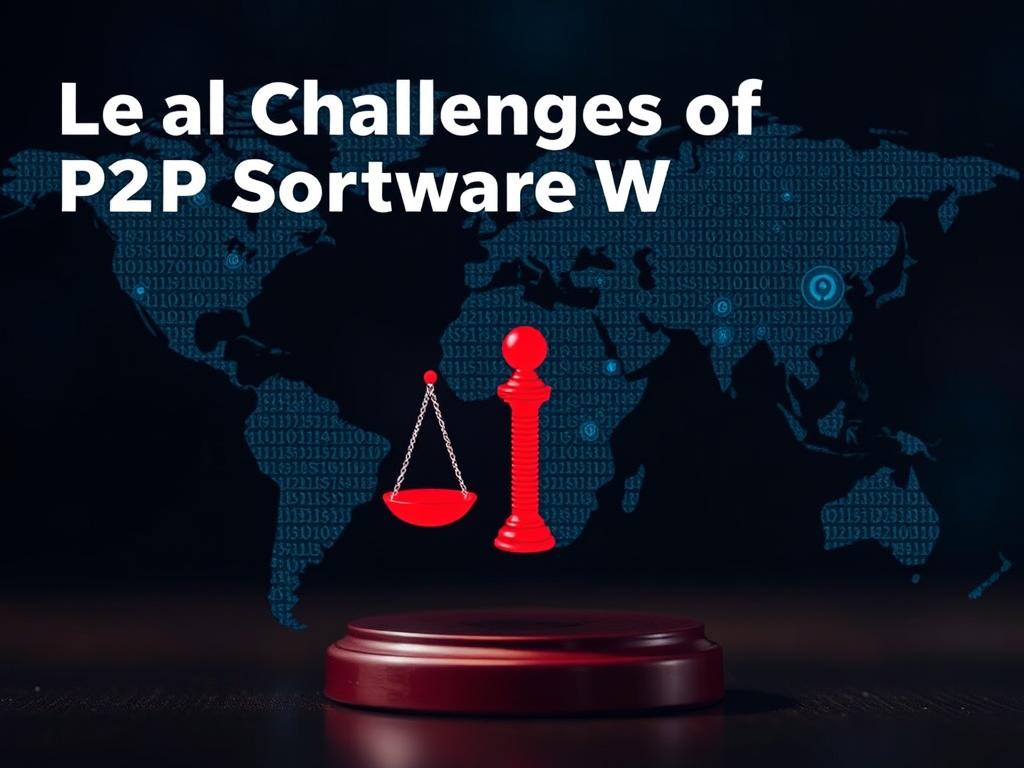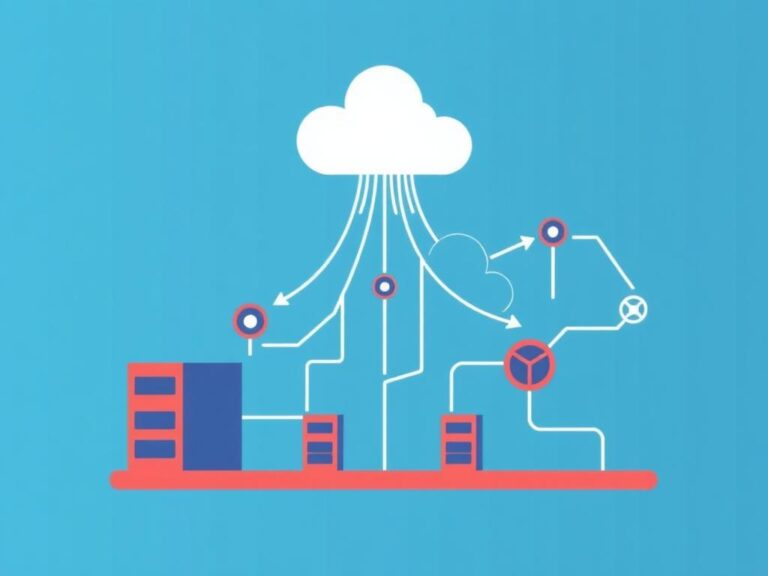Legal Challenges of P2P Software Worldwide: Navigating the Complex Digital Landscape
Peer-to-peer (P2P) software revolutionized the way we share files and communicate over the internet, creating a decentralized network where users connect directly without relying on a central server. This technological marvel brought immense benefits, from faster file sharing to enhanced privacy, but it also introduced a complex web of legal challenges worldwide. The legal implications of P2P software continue to evolve as courts, governments, and technology developers strive to balance innovation with the protection of intellectual property and user rights. In this article, we will explore the key legal challenges surrounding P2P software, how different countries approach regulation, and what users should keep in mind when engaging with these platforms.
Understanding P2P Software and Its Popular Uses
Before diving into the legal challenges, it’s useful to understand what P2P software is and why it gained such popularity. Unlike traditional client-server models, P2P systems allow each participant (or “peer”) to function as both a client and a server, sharing resources such as bandwidth, storage, and processing power. This system empowers users to share files, stream media, and even conduct financial transactions directly with one another.
Among the most common uses of P2P software are:
- File sharing of various types, including music, videos, and documents
- Decentralized communication apps that enhance privacy
- Cryptocurrency networks such as Bitcoin that rely on P2P architectures
- Distributed computing projects that harness idle computer power
While these uses enhance accessibility and efficiency, they also generate substantial legal concerns—particularly when copyrighted or sensitive materials are shared without permission.
Copyright Infringement and P2P Software
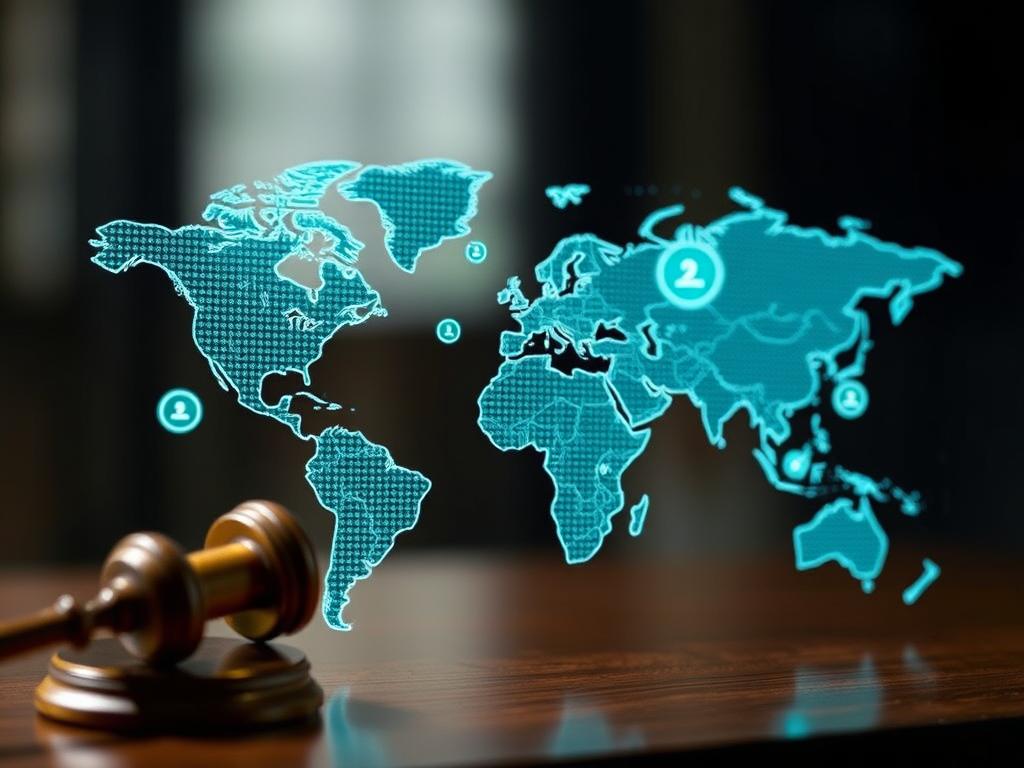
The most headline-grabbing legal issue surrounding P2P software is copyright infringement. Many P2P platforms have been utilized to share copyrighted content—music files, movies, software, and books—without authorization from the rights holders. This unauthorized distribution runs afoul of copyright laws in most countries and has triggered lawsuits, government crackdowns, and legislation aimed at curbing illegal file sharing.
One of the major challenges is that P2P networks are inherently decentralized. This makes it difficult for authorities to directly regulate the software or take down a single server responsible for illegal content. Instead, enforcement often targets users or intermediary service providers.
How Copyright Laws Differ Globally
The approach to copyright enforcement in P2P contexts varies significantly worldwide. Here’s a summary of how some regions handle this challenge:
| Region | Approach to P2P Copyright Enforcement | Notable Laws or Cases |
|---|---|---|
| United States | Strict enforcement, targeting both users and platforms; DMCA takedown notices common | RIAA lawsuits against individual file sharers; SOPA/PIPA controversies |
| European Union | Focus on intermediary liability and “notice-and-takedown” procedures; GDPR impacts privacy aspects | EU Copyright Directive; cases against The Pirate Bay |
| China | Government-controlled internet with heavy censorship and monitoring; less tolerance for unauthorized sharing | Strict internet regulation laws; blocking of P2P services |
| India | Emerging legal framework with attempts to balance copyright protection and internet freedom | Intermediary Guidelines under IT Act; music and film industry pressure |
These regional differences mean users and developers need to understand the legal environment in their jurisdiction to avoid potential disputes.
Privacy Concerns and Data Security in P2P Networks
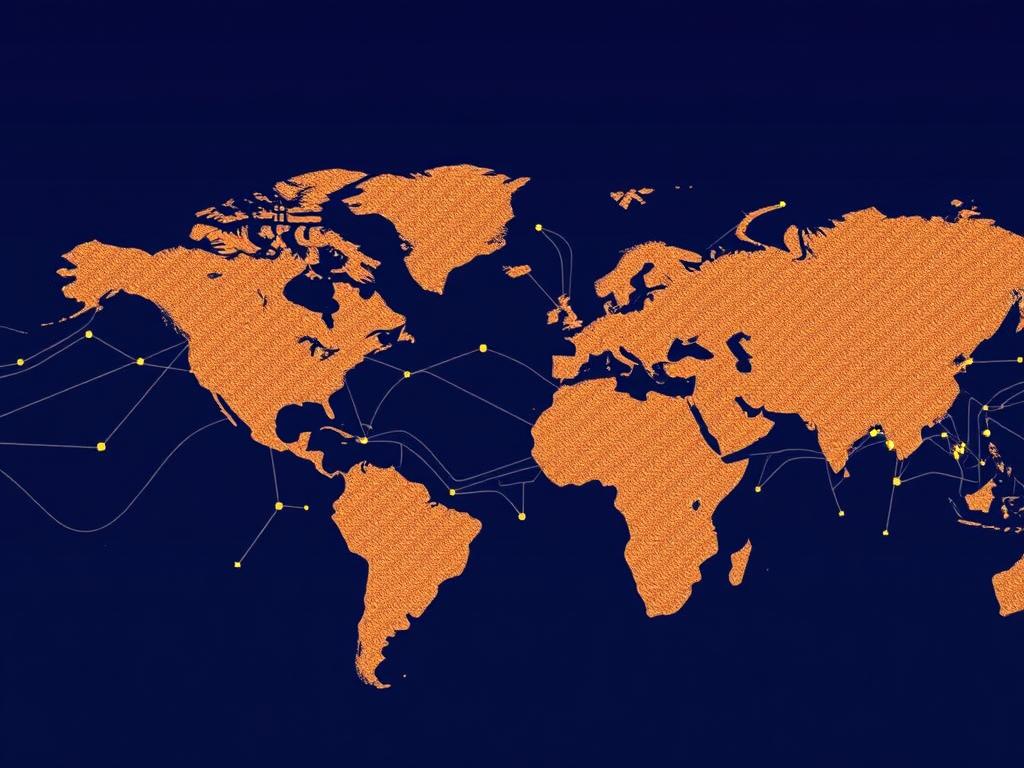
Another layer of complexity comes from privacy and data security issues. Since P2P software often involves direct connection between users, personal data can be exposed if not properly safeguarded. Moreover, some P2P platforms allow anonymous or semi-anonymous sharing, raising concerns about illegal content distribution slipping under the radar.
Legal regulations like Europe’s General Data Protection Regulation (GDPR) have a significant impact on how P2P platforms must handle user data, forcing software providers to implement strict privacy measures. However, developers have to walk a fine line between enabling privacy and preventing illegal activities.
Key Privacy Challenges Include:
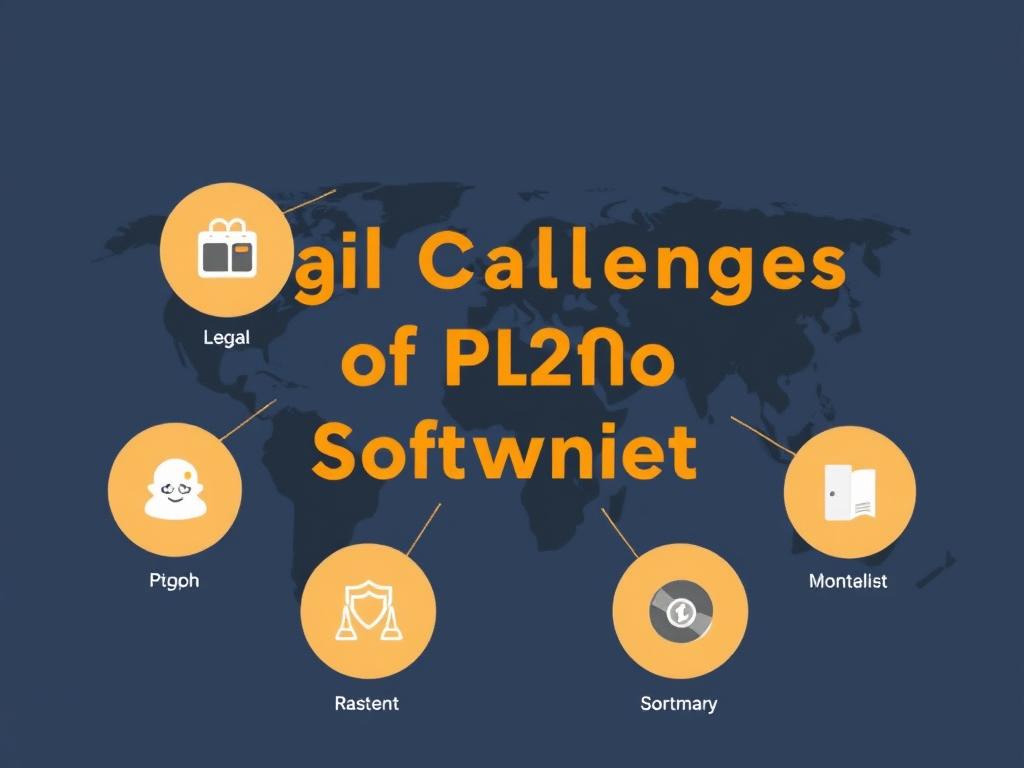
- Identifying users involved in copyright infringement while respecting their privacy rights
- Protecting user data from breaches in a decentralized network
- Complying with cross-border data protection laws
Balancing these concerns remains a difficult task, and courts often have to weigh freedom of expression and privacy against the need to uphold laws.
Legal Status of P2P Software: Liability and Regulation
A significant legal question is whether developers or distributors of P2P software can be held liable for infringing acts committed by users. Different countries have adopted various legal frameworks to address this issue.
Some jurisdictions have introduced “safe harbor” provisions that protect software creators from liability provided they follow certain rules, such as promptly removing infringing content upon notification. Others impose stricter regulations or outright bans on P2P services seen as primarily facilitating piracy.
How Liability Is Assigned
| Liability Aspect | Common Legal Position | Example/Notes |
|---|---|---|
| User Actions | Users are usually held personally liable for copyright infringement | Many cases where individuals are fined and sued |
| Software Developers | Liability depends on whether the software is primarily used for illegal purposes | Napster was shut down for enabling piracy; BitTorrent software itself is legal |
| Internet Service Providers (ISPs) | Often required to comply with takedown requests and sometimes to disconnect repeat infringers | “Graduated response” schemes in France and UK |
For developers and companies operating P2P platforms, transparency and compliance are critical to avoid being targeted by lawsuits or governmental action.
Emerging Legal Trends in P2P Technology
As technology evolves, so do legal frameworks. Blockchain technology and decentralized finance (DeFi) rely heavily on P2P architecture, pushing lawmakers to rethink existing rules. Similarly, content creators and rights holders demand more innovative ways to protect their works without undermining the benefits of decentralization.
Some of the emerging trends include:
- Use of digital rights management (DRM) integrated into P2P platforms
- Implementation of AI-driven monitoring tools to detect copyright violations
- International cooperation to harmonize laws and enforcement mechanisms
- Legal recognition and protection of decentralized applications (DApps)
However, these developments also raise questions about censorship, surveillance, and user autonomy.
Practical Tips for P2P Users to Navigate Legal Risks
Given the complex legal environment, those who use P2P software should take informed steps to minimize risks:
- Understand local laws: Research how P2P software and file sharing are regulated in your country.
- Avoid sharing copyrighted or illegal content: Stick to sharing files with clear permission or public domain works.
- Use reputable software: Choose P2P clients with strong security and good track records.
- Stay aware of privacy settings: Protect your personal information by adjusting privacy options.
- Regularly update software: Security vulnerabilities can expose you to risks if neglected.
By taking these steps, users can enjoy the benefits of P2P networks while reducing the chance of legal troubles.
Conclusion
The legal challenges of P2P software worldwide reflect the ongoing tug-of-war between technological innovation and regulatory control. Decentralized sharing offers unmatched opportunities for communication, collaboration, and innovation, yet it also carries risks of copyright infringement, privacy breaches, and liability complications. The global patchwork of laws and enforcement approaches further complicates the landscape, demanding constant vigilance from users, developers, and policymakers alike. As P2P technology continues to evolve, a balanced approach that respects intellectual property rights without stifling innovation is essential. For users, understanding legal responsibilities and acting thoughtfully is the best strategy to harness the power of P2P networks safely and responsibly.
